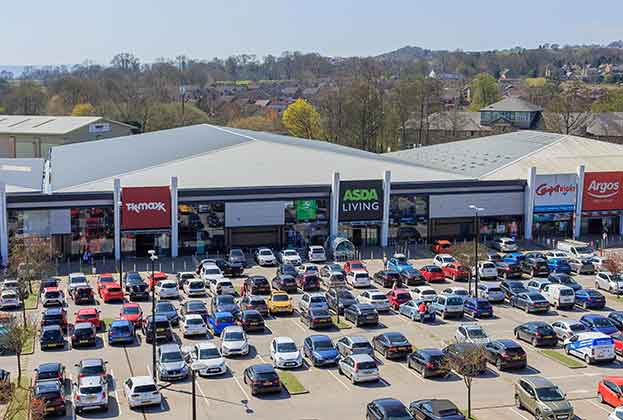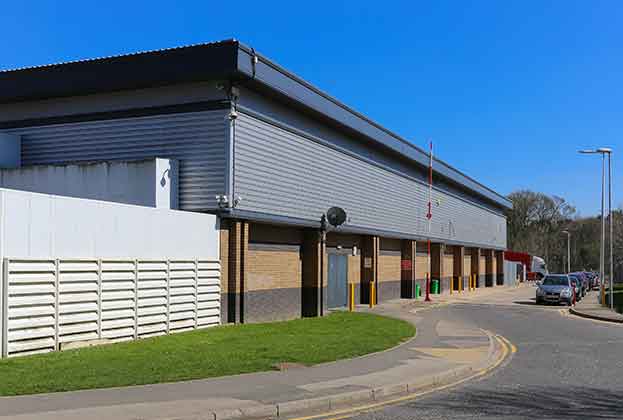Opportunistic buyers have waited longer than expected, but the gap between vendor’s and purchaser’s expectations on price is drawing ever narrower
2018 saw the weakest trade year for retail warehouse assets since the global financial crisis with just over £2bn worth of transactions in total. 2019 looks set to be even more exiguous with just under £1bn of assets traded by the end of Q3, broadly where volumes were at the mid-year point the previous year. As was the case in 2018 we are unlikely to see a rush of activity in Q4 either, as investors remain cautious as Brexit drags on and lack of transactional activity confuses pricing expectations. The lack of activity seems therefore to be more about timing, than the suggestion of a paucity of transactional activity on the horizon in the long term.
The pertinent question for 2019 was whether the impact on pricing brought about by investor caution the previous year was enough to stimulate a number of opportunistic buyers. However it seems the lack of transactional activity has delayed repricing further and many investors have chosen to wait to see how far capital values may fall before seizing any opportunity.
Furthermore, the retail warehouse market is undoubtedly undergoing a structural change in terms of rents. The squall of CVA’s in the last eighteen months have exposed the antiquity of the current lease structure in the UK and the retail warehouse market is no exception. Investors have therefore also been holding out to see where the bottom is in terms of rental income and what further effect that will have on the pricing of assets in the sector.
Nevertheless the gap between vendors expectations on an assets value and a purchasers speculation on how far prices might fall have narrowed, particularly where values have fallen far enough to better support the rent cuts and hence enhance lettability.
Of course, a decline in rent and fall in capital values has subsequently led to further softening in yields throughout 2019. There is an increasingly wide gap between primary and secondary assets. For example, while Prime Open A1 and Prime Restricted park yields have softened by 25bps, their secondary equivalents have done so by 75bps and 50bps respectively since December of last year.
Investor interest in the sector therefore remains robust as its fundamentals remain comparatively solid. Once a degree of certainty has returned to the UK following a decision on Europe the foundations are in place for investors to deploy comparatively large volumes of capital into the sector where both current values and potential future earnings look attractive.
We expect prime yields to remain broadly stable in 2020, though further softening in secondary and tertiary yields is inevitable. The most in demand assets will be those that dominate their catchment and offer a mix of retailer types, as well as offering comparatively long WAULTs. We believe that the sweet spot for investors will be mid-size schemes that are too large for private investors, but too small for the global opportunity funds.
Investors looking to take advantage in the not too distant future would be wise to move swiftly when the time is right. Although there is a wider variety of willing sellers present than in other asset classes it is a myth to suggest that the whole of the market is up for grabs – when the current stock of investable assets is gone, it’s gone!
Read the articles within Spotlight: UK Retail Warehousing below.
.jpg)

.jpg)
